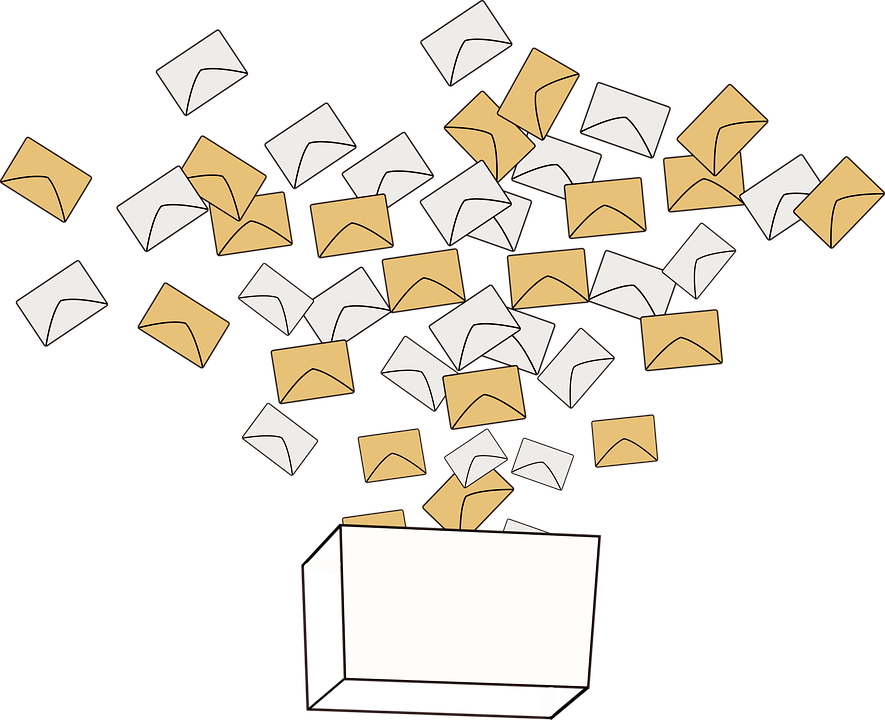What is a Reserve Study and Why is it Important?
July 12, 2019
A “Reserve Fund” is, essentially, the associations saving's account. Why is it important? Asset protection and security. This study can offset reserve deterioration by evaluating the projected asset depreciation, and ultimately, help avoid the costly expense of emergency repairs to common areas!
There are three types of studies:
1. Full – Most of the time this option is for associations that are having their first study performed or for associations that are not confident about the accuracy of their previous reserve study. Service descriptions include the development of component inventory, condition assessments, life and valuation estimates, funding status statement along with a recommended Funding Plan.
2. Update With-Site-Visit – Less time intensive than a Full Study and typically done every 3 to 5 years to document changes to Component List. Your company of choice will verify component inventory, condition assessment, provide life and valuation estimates, funding status and re-assess the Funding Plan.
3. Update No-Site-Visit- This option is based solely on information collected from the board, management company, maintenance staff or vendors from previous Reserve Studies. This option usually includes, life and valuation estimates, funding status statement and develops a recommended Funding Plan.
Once you’ve selected the type of study, you would need to select a funding method. However, most of the time Reserve Studies will suggest the best method based on the data collected. Managing reserve funds is a complicated decision…You want to make sure the associations members are getting the repairs needed, to protect their investment while, also, ensuring a moderate and flexible financing approach. According to industry standards, there are two basic processes identified as the cash flow method and the component method.
Funding methods defined:
1. Component Funding – A complex funding method, that requires significantly more time and understanding than the Cash Flow method. Within Component Funding, it requires the board to save for each “component” separately. Think of it as an “envelope system” for a Reserve Fund/savings account.
Components typically are:
- Association responsibilities
- Limited useful life expediencies
- Predictable remaining useful life expediencies
- Above minimum threshold cost (as required by local codes)
2. Cash Flow or “Pooled” Method – is more flexible and most used in the industry today. “Components” are not segregated, so it requires less time and accounting than the Component Method. This method simply means, assessments are budgeted into a “pool” reserve account for each year. The only downfall is, there is a slightly higher risk for reliance on special assessments.
How can Total Property Management Services, Inc. help?
Our managers can guide the board during this process, assist in evaluating the health of the association and govern the community to make sure the plan comes to fruition.
Citations:
1. Reserve Study Definitions. (n.d.). Retrieved from https://www.reserveadvisors.com/reserve-studies/definitions.aspx
2. Criterium Engineers. (n.d.). Retrieved June 26, 2019, from https://criterium-engineers.com/homeowner-associations/faqs/
3. Types of Reserve Studies Levels of Service and what is in them. (n.d.). Retrieved June 26, 2019, from https://millerdodson.com/wp-content/uploads/2014/06/Types-of-Reserve-Studies.pdf







Share On: